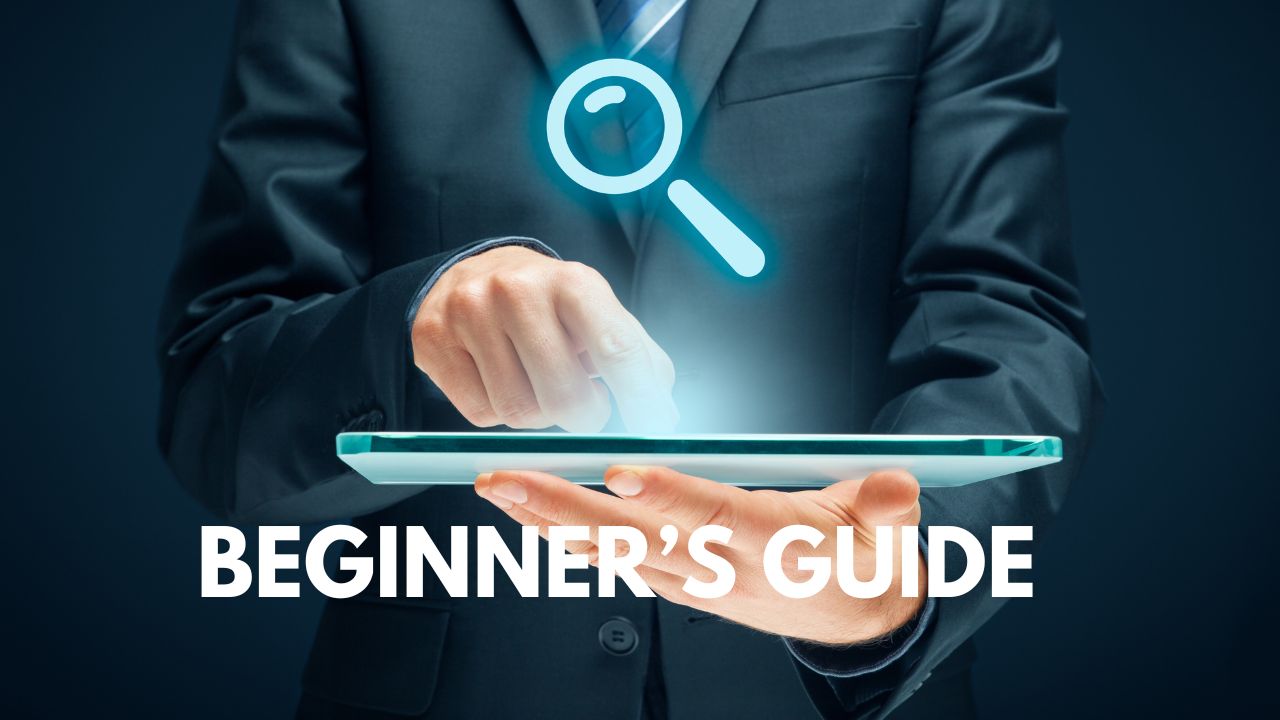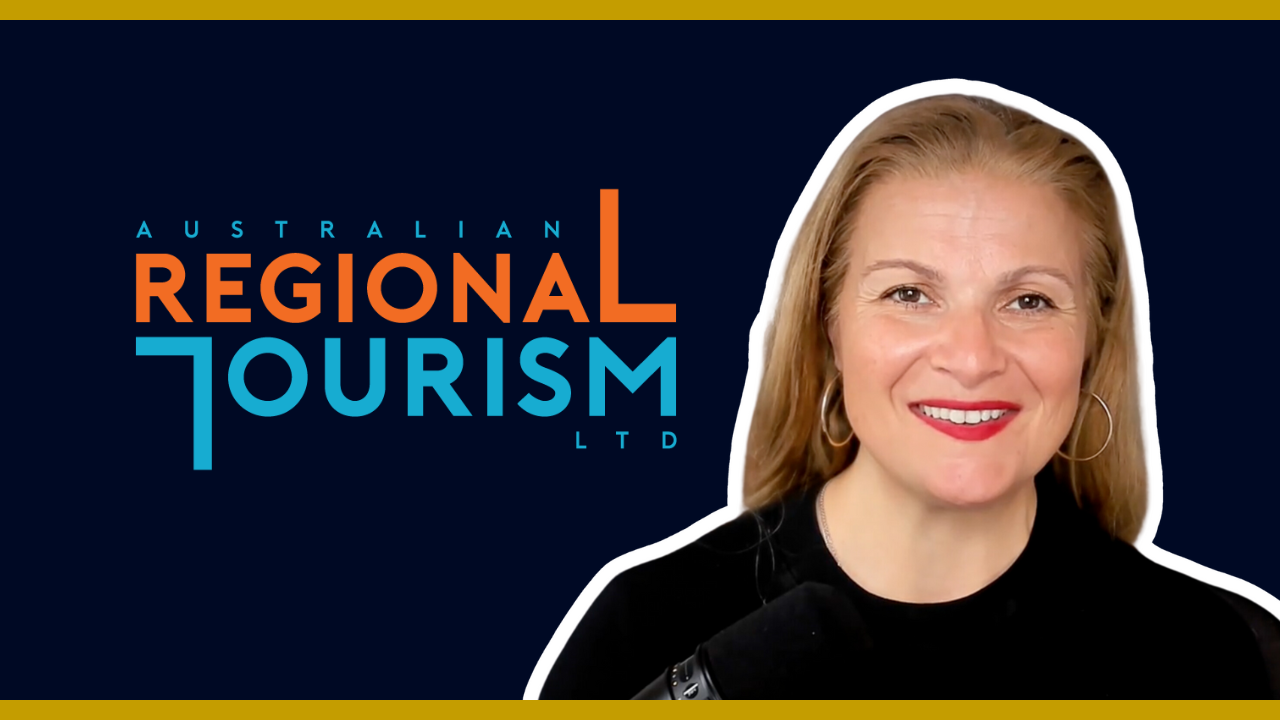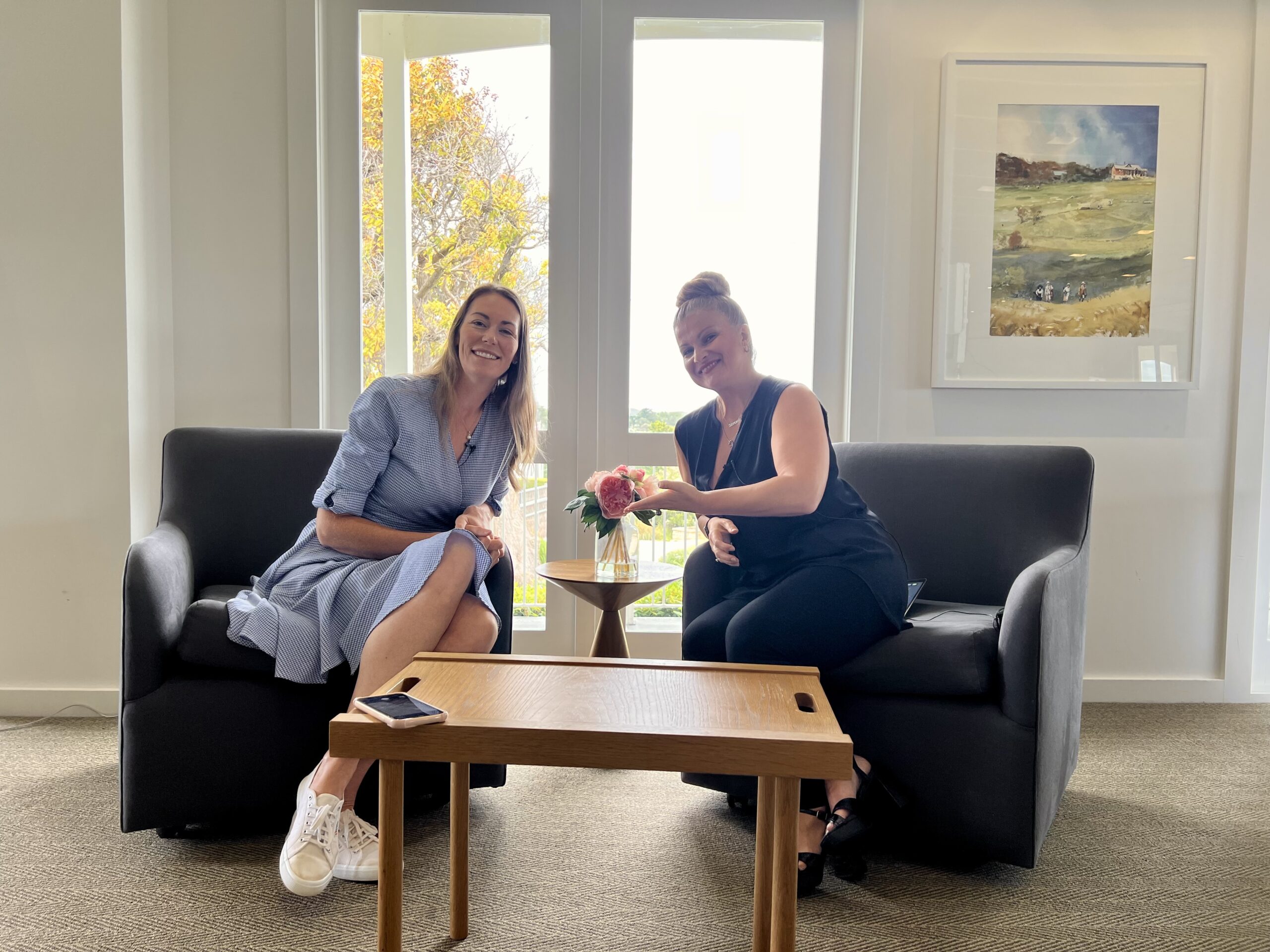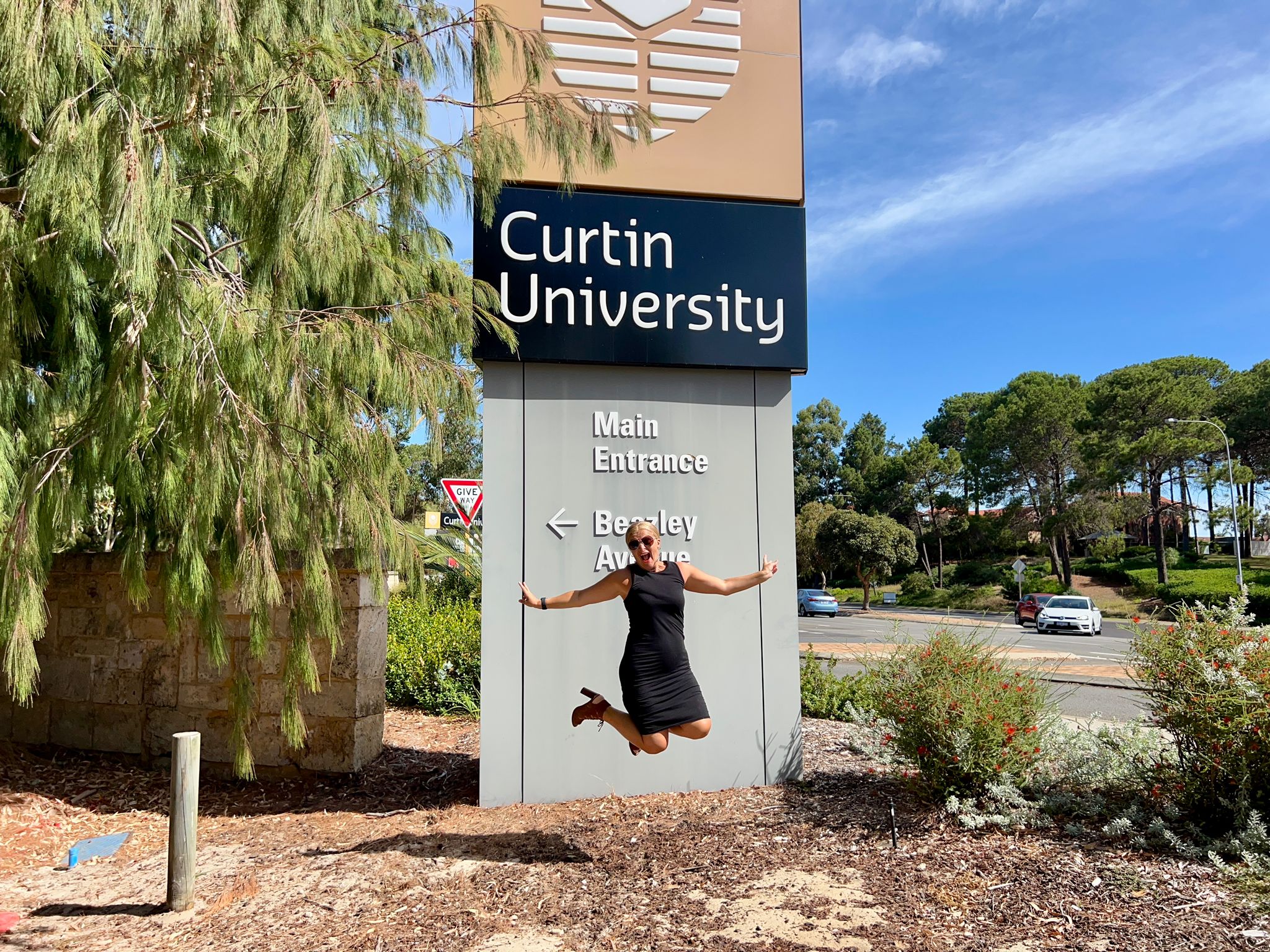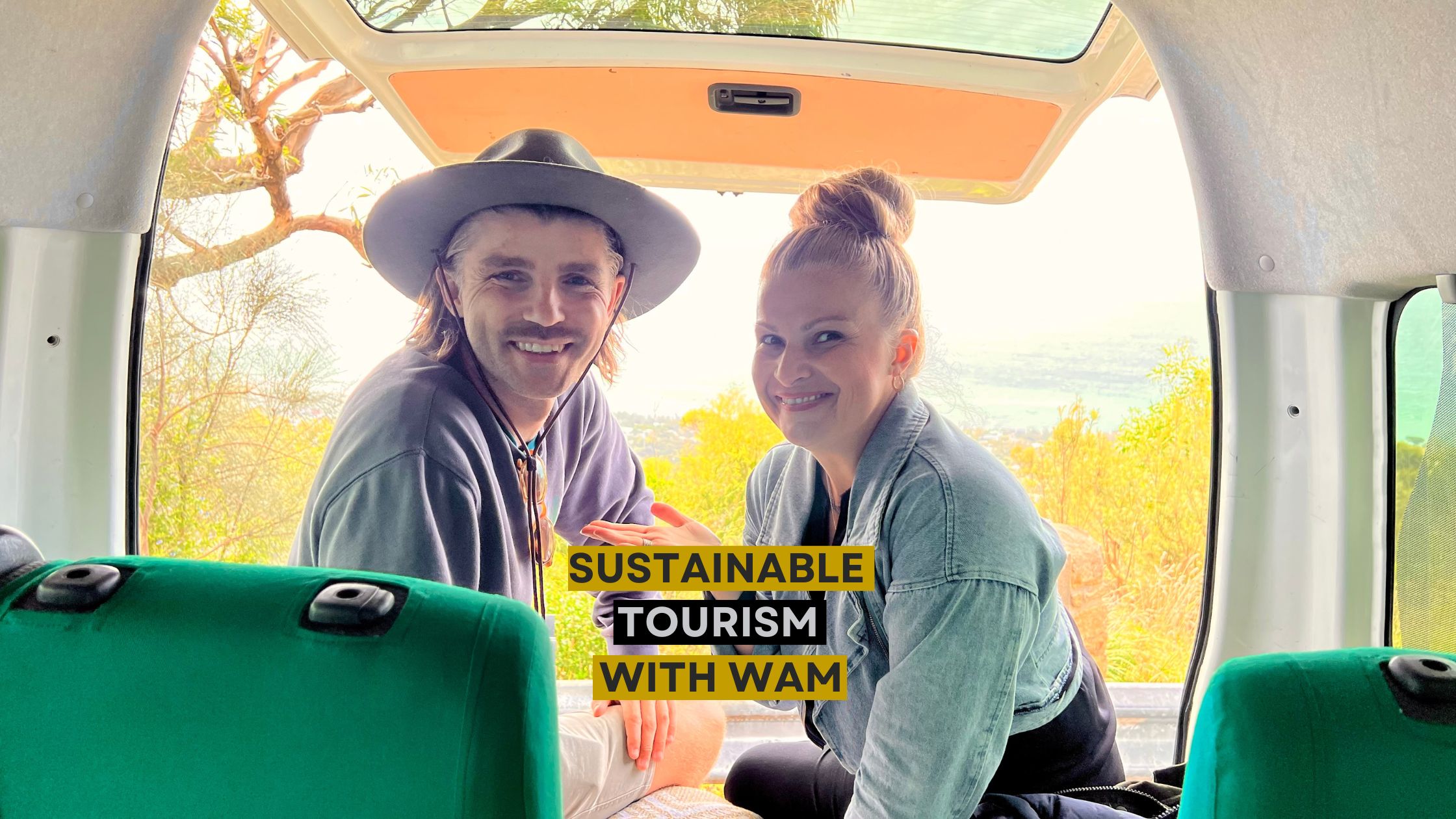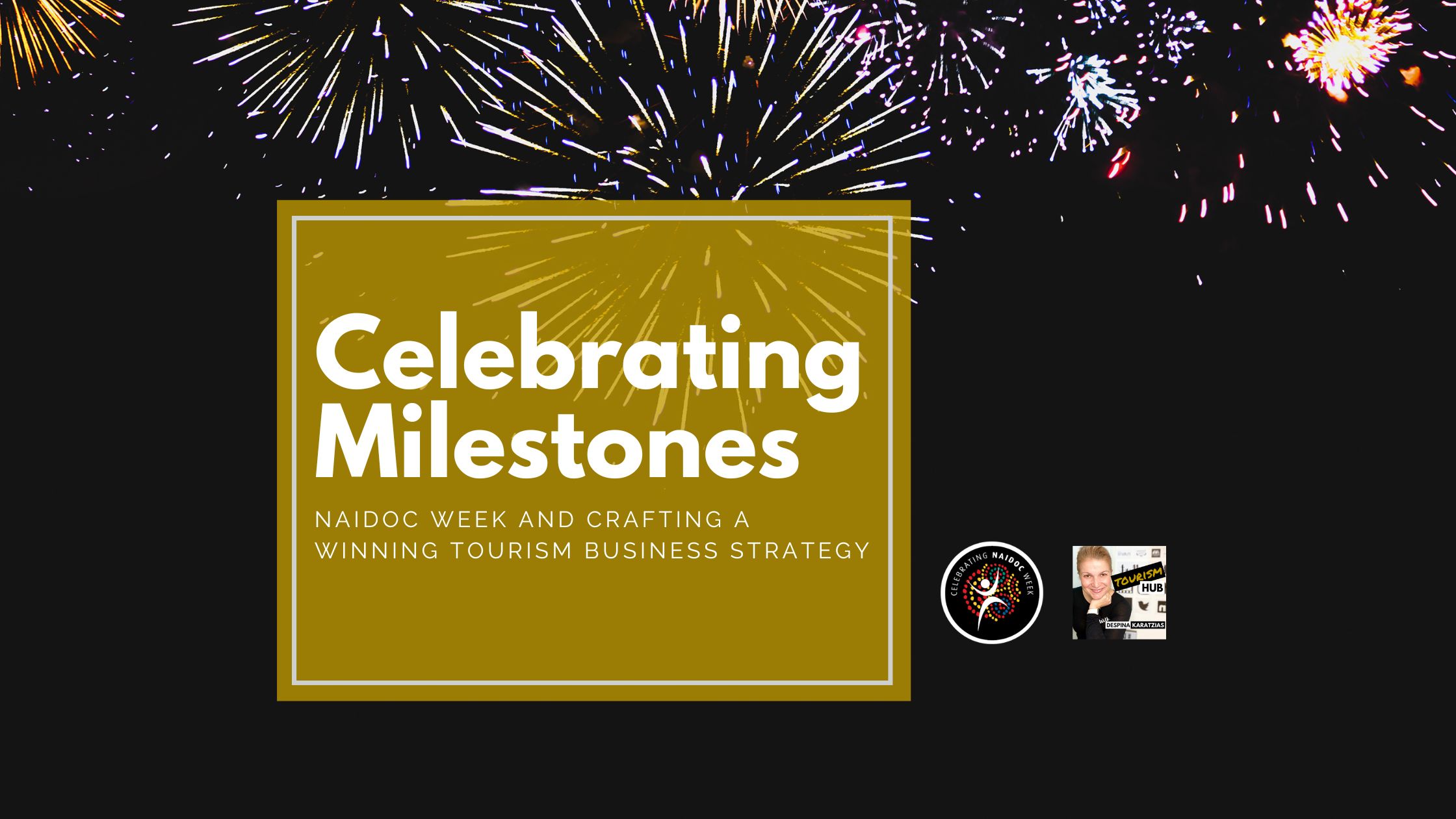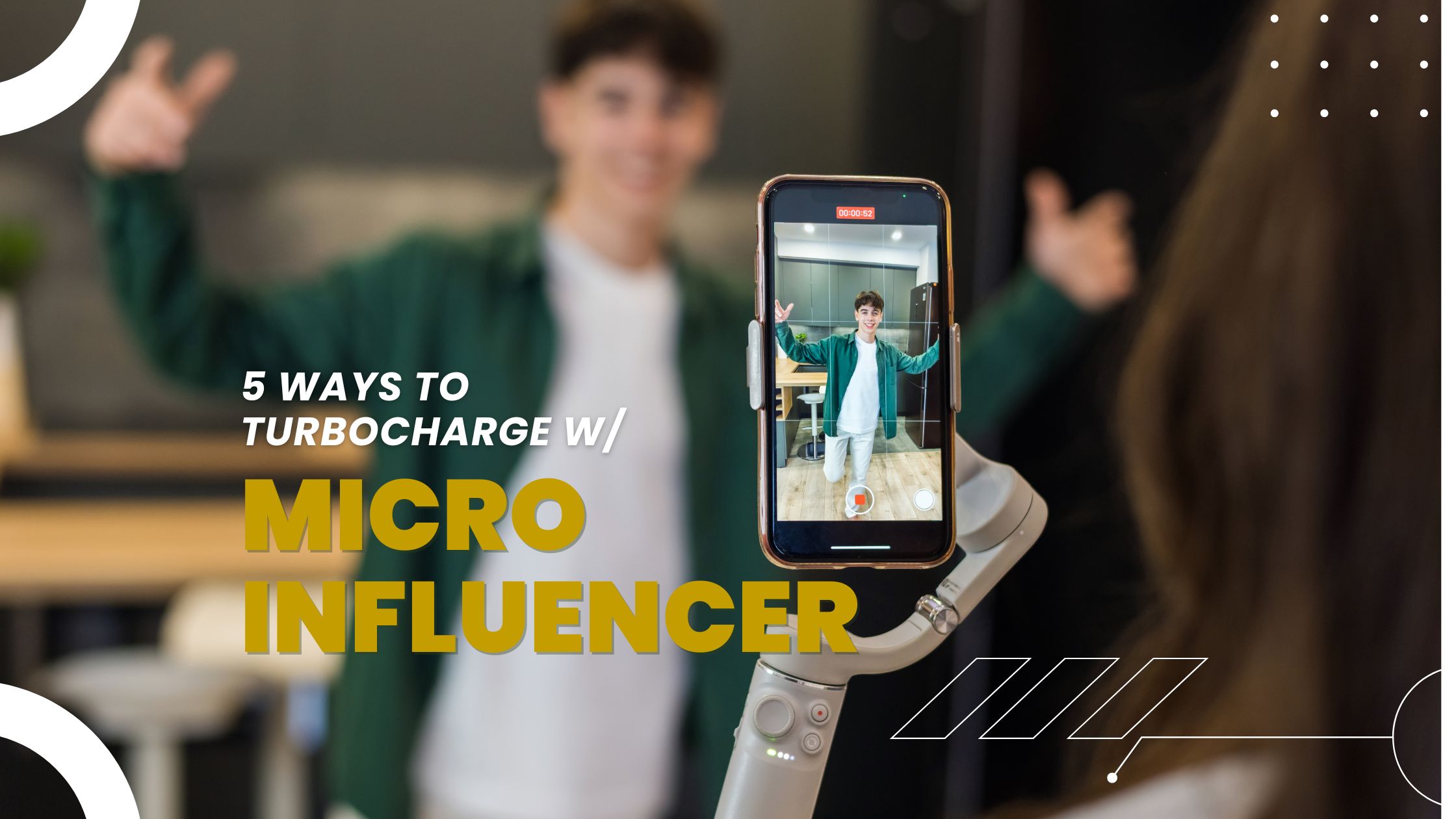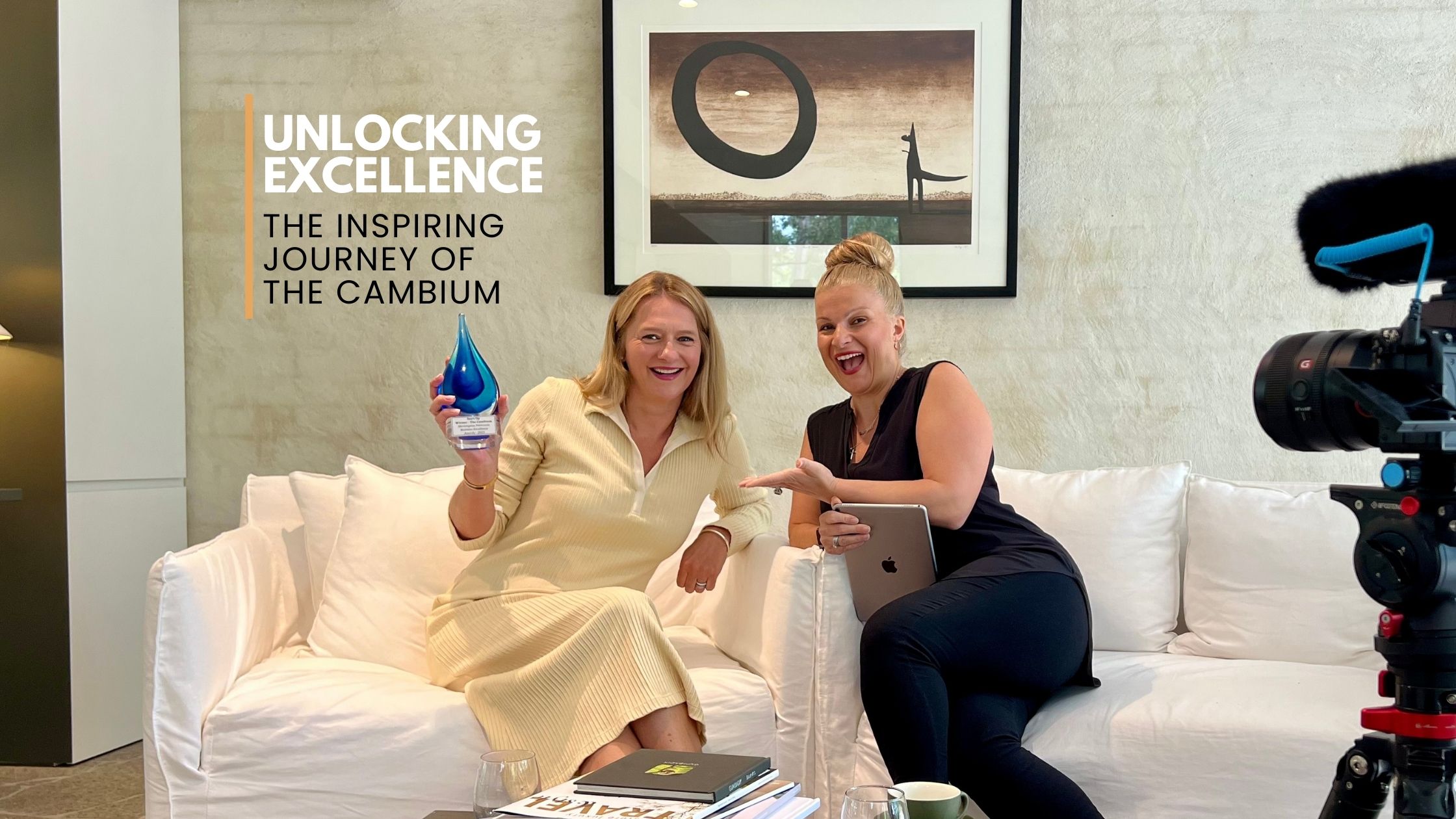Digital Marketing in Tourism
The rise of online search and the ongoing evolution of digital marketing has had a profound effect on the tourism industry to such an extent that it has become by far the most crucial tool for any travel and tourism business.
At the same time, businesses need to realise that they have far less control than ever before since consumer-generated content has become one of the most significant trends of all. Thanks to the global and highly accessible medium that is the modern Web, consumers can leave reviews, post comments on social media and spread word about their experiences to the extent that was never possible before. This trend is particularly important in the travel and tourism industry because more and more people are turning to digital channels to find information on everything from destination guides to restaurant and hotel reviews.
The Internet plays an important role not only during the planning stage of a holiday abroad but also during the holiday itself. Thanks primarily to the ubiquity of mobile devices in the last few years, consumers use their smartphones or tablet computers while exploring their destinations and seeking out local venues and travel tips. When they return home, they’ll likely leave reviews on popular websites such as tripadvisor.com and on various major booking engines such as lastminute.com or booking.com. For travel companies to hold on to existing customers and attract new ones, they need to work tirelessly to build and preserve their reputations.
Fortunately, the world of online marketing is far more accessible and affordable than it once was, particularly to small businesses that don’t have the expertise or the funds to pay for professional Web development and marketing services. New tools have made publishing and promoting content more accessible than ever before, but while online marketing might not require the degree of expertise that it used to, it does require a consistent, long-term commitment, a thorough knowledge of the target audience and a spark of creativity in order to stand out in the increasingly competitive marketplace.
Whether you run a small travel agency, a destination restaurant, a B&B or a local tour operator, this beginner’s guide to online marketing will help you establish that all-important online presence to build up your brand and reach out to the broadest possible audience.
The Travel Industry in the Context of Digital Marketing
The rapid development of the digital world has had a particularly strong impact on the tourism industry to such an extent that it has become a critical enabler for any business in this field. Understanding the main tourism drivers in the areas that concern your business is the most essential first step towards success, as is knowing how to make these drivers appeal to your target audience.
More traditional sources of information, such as brochures, guide books and the like still play a role, but the vast majority of content is now online. And to have any control over a brand’s reputation and image, it is essential to maintain a consistent online presence.
As an informational resource, turning to Google is usually the first place that people turn to, not least because there are no physical or financial constraints dictating what consumers can publish about you. Fortunately, this fact also applies to businesses themselves, since they also have access to a vast range of publishing tools and different forms of marketing.
Travel businesses have abundant opportunities to build online assets to help build up online communities whereby their customers share stories and provide invaluable feedback, while marketers themselves can make use of the more visual modern social networks to draw in the broader audience as well as nurture current customers.
For niche operations, the Internet is even more powerful. A smaller business dealing with a particular niche might not make it anywhere near the mainstream guidebooks before, but thanks to the Internet, it is now possible to reach out far and wide to seek out the niche audience that the business requires. Consider the following niches, for example:
- Agricultural tourism where people stay on farms or partake in working activities, such as fruit-picking or animal ranching at such venues.
- Ancestry tourism, particularly accessible in the US and Australia, is all about tracking down one’s ancestry in the destination country.
- Birding tourism caters towards birdwatchers and other nature enthusiasts who want to experience some of the world’s most unique wildlife destinations.
- Nostalgia tourism is particularly prevalent in former Eastern Bloc countries, where people want to experience an alternative culture from the past.
- Wine tourism, popular among wine lovers everywhere, involves visiting wine-producing places, festivals and other related venues.
- Golf tourism, travel activity around golf is a driver of domestic and international tourism in Australia.
Of course, the above only includes a handful of examples out of a practically unlimited number of possibilities. There are also businesses that specialise in adventure holidays, luxury travel, cruises, film tourism, accessible tourism and many, many more. Additionally, certain areas of the world have niches of their very own, such as Russia’s Trans-Siberian railway, Central Asian Silk Road trips or the Inca Trail in Peru. In conclusion, if your travel business deals with a specific niche, then the Internet is an exponentially more powerful marketing resource.
As a travel business, you’ll be seeking to tap into particular online communities to reach out to potential customers and build up a following of your own, and this is where the all-important social aspect of the modern online world comes in.
Consider tripadvisor.com, for example. This website is one the go-to online research resource for people planning their trips or even just looking for a local restaurant or another venue that sports good ratings. You’ll need to keep a close eye on such communities to garner essential insights into your target audience as well as find out what your existing customers are saying about you. The most important people to follow for any tourism business are community influencers, such as the Destination Experts on tripadvisor.com. These individuals are basically the authority figures that you need to learn from to tailor your online marketing efforts to the right audience.
Ultimately, success comes with building up a business model that allows your travel company to market itself. By reaching out to the right people and making every effort to ensure that they have an excellent experience, you can actually take advantage of the fact that social media and the Web makes it possible to build up a considerable following. The pressure is on to create a remarkable service, market it to the right people and watch your customers become ambassadors of your brand.
Understanding Your Customers
Before you can start putting your online marketing plan together, you’ll need to be thoroughly familiar with the type of consumer that you currently cater to as well as those that you can potentially offer something to. Perhaps your business is already quite well-established, but now is also an excellent time to consider additional opportunities. For example, you might deal primarily in safari tours in South Africa, but you might want to start offering trips for wine experts in world-famous wine routes such as Stellenbosch or Constantia.
Whatever your niche (or niches), the digital landscape provides tremendous opportunities for expanding into new areas. As is the case in any industry, some tourism businesses pride themselves on dealing exclusively with a specific niche and/or geographical location, and this makes profiling your customers somewhat simpler.
However, for those with a broader customer base, it becomes vital to segment the target audience in such a way that you can personalise your marketing strategy so that the right content, whether in the form of an email newsletter, a paid social advertising campaign or anything else, reaches the right people.
Creating categories for your customers and assigning a persona representing a typical customer to each one is an excellent way to add value to each market segment. Here are some of the questions that you might want to take into account when creating these customer personas:
- Where do they generally come from? For example, if most of your tourists are from the UK, you’ll want to adapt your marketing strategy primarily for a UK-based audience.
- What are their demographical characteristics? Consider age, gender, marital status and income. For example, a luxury safari operator would likely target high-earning families and couples.
- What are their preferences? Your customers may favour short and cheap city breaks with plenty of nightlife opportunities, or they may prefer activity holidays in nature destinations. The possibilities are endless.
- How do they plan their trips? Many people like to plan their trips themselves using both online and offline resources, while others prefer to have a travel company do everything, or almost everything, for them.
- How spontaneous are they? Some destinations and activities need to be planned in advance, while others tend to prefer a more casual, impulse-driven style of travel.
- What are their dreams regarding travel? This is perhaps the most important question from a marketing perspective since it allows you to tap into the most important desires of your target audience.
Understanding the purchase funnel is another critical stage of planning your digital marketing strategy. Marketers use the purchase funnel to describe the complete customer journey starting from awareness to post-purchase evaluation. The purchase funnel can be broadly defined with the following stages:
- The consumer becomes aware of your brand or a particular product or service, such as a particular itinerary and destination that you offer.
- The consumer looks at a range of competing products or services, shortlisting the opportunities that are most interesting to them.
- The consumer makes the decision to purchase a product or service from a particular company, though they may still change their minds.
- The consumer makes the purchase, thereby committing themselves to the offer in question.
- The consumer uses the product or service, or in the case of the travel industry, visits the destination.
- The consumer evaluates their experience, which in the case of a holiday, may involve leaving reviews and other feedback online.
As you can see from the above, your business needs to be present at every stage of the purchase funnel. In other words, they need to be able to find your business online as easily as possible, and then you need to strive to convince them to make the purchase. However, the last two stages are more important than ever before, not least because consumers are far more likely to leave feedback in the public domain and, obviously, you’re going to want this feedback to be positive or, at the very least, insightful.
Formulating Your Marketing Strategy
Once you have created your customer personas, and you have an excellent product or service to offer, you’ll be ready to start planning your digital marketing strategy. Considering that you have a wide range of online resources at your disposal for marketing your brand and its products and services, you’ll need to create a sustainable marketing strategy that takes into account current trends in consumer behaviour and online marketing practices.
You’ll also need to set analytical measures for tracking the performance of your marketing strategy, and this means using the wealth of data generated by online activities to keep track of the purchase funnel throughout the process. This section takes a look into the various areas of digital marketing while summarising how they can help your travel business.
- Website and Blog
Your website is analogous to a storefront, and as such, it will be one of your most important business assets. Acting as the hub of all your online activity and the heart of your marketing strategy, your website must provide excellent content, plenty of visual material and a mobile-friendly design so that people can easily access and use it while they’re on the move. Particularly in the case of travel businesses, maintaining an accompanying blog with value-adding content, such as travel advice, is also highly advisable.
-
Search Engine Marketing
Most Web traffic starts at the search engines, so it stands to reason why taking the likes of Google into account at every stage of the marketing process is so important. You’ll also want to ensure that your website is search-friendly by maintaining a clean, mobile-friendly design that the search engine robots can crawl with ease. Keyword optimisation is also still important, though it should never take priority over user experience. Paid advertising options are also popular, such as those provided by the Google AdWords targeted advertising platform.
-
Social Media Marketing
Social media is the most critical area of the marketing of all now that it has become so ubiquitous. Social media provides invaluable insights into your target audience, making it a number-one resource for seeking out feedback. Every travel business should maintain a Facebook page at the very least, though Twitter and Google+, as well as more visually orientated networks, such as YouTube, Instagram and Pinterest are particularly crucial in the travel industry. Many networks, such as Facebook, offer targeted paid advertising opportunities too.
-
Email Marketing
Contrary to popular belief, email is not dying, and in fact, it is only becoming more popular. Consumers generally prefer email for communicating with businesses, and every travel business should consider creating an email marketing campaign. Email marketing, when executed correctly, also offers the highest return on investment of any form of digital marketing, and it helps businesses to manage their existing customers as well as encourage repeat business through the use of email newsletters.
The above summarises the four critical areas of modern digital marketing, taking into account both the paid and unpaid opportunities in each. These four areas heavily overlap in many respects, and to a considerable extent, they are very much about delivering value-adding content, something that marketers collectively refer to as content marketing.
Building Your Website
As the centrepiece of your online marketing activities, your website will be your company’s most valuable digital asset. In many cases, your website will be the first experience that people have with your brand, and as any marketer should know, first impressions count for a lot.
Consumers will typically visit a website to find out more about a brand and get an idea of the company’s style and the type of audience that it caters to. On the other hand, a website that provides poor content or navigation is not mobile-friendly or has sub-par performance will turn away visitors in droves. After all, it only takes a few seconds for the average Web user to determine whether or not they should stay on the page.
When evaluating, redesigning or building your website for the first time, you need to put yourself in the shoes of a potential customer and be as objective as possible. You’ll need to consider content, usability and design during every step of the customer experience from the first impression right up to purchase and post-purchase evaluation. The following sub-sections take a more in-depth look into these essential key factors:
-
Content
Any online marketing campaign should start with a content strategy since it is content that determines essential metrics such as bounce rates and engagement rates as well as your standing in the search engines. Website content comes in the form of text, images and videos, with visual content being of particular importance in the travel industry.
To give your visitors an excellent first impression, the most essential front-page content for travel businesses comes in the form of large, bright and inspirational images. Assuming you deal with multiple destinations and packages, you’ll also want to have individual landing pages with each one showcasing what you are offering.
A bit of creativity is also essential here: you must avoid using stock photography and other clichéd images if you want your business to stand out. For example, leading US adventure travel agency uses a photo slideshow as its header image, complete with destination names superimposed over high-resolution photos representing each one.
Content certainly doesn’t stop with images, though, although visuals are of utmost importance on any travel website. You’ll also need clearly readable text such as bulleted outlines of your itineraries if you’re a travel agency, a menu accompanied by plenty of inspiring images if you’re a destination restaurant or an overview of particular destinations from a local point of view, depending on your type of business. Be sure to include all of the information that potential customers might want about your products or services before, during and after making a purchase.
Having an accompanying blog whereby you regularly post primarily non-promotional, yet useful and value-adding content is also highly advisable since it will help to boost your standing in the search engine results as well as keep your audience interested. This type of non-promotional content also tends to be highly sharable, further increasing your reach over social media and other online resources.
-
Usability
No matter how good your content might be, the user experience remains a critical factor, and it is also something that the search engines take into account when ranking your website. Not only should your website provide clear and intuitive navigational features: it also needs to offer excellent performance.
A slow-loading website is one of the most common reasons for people to turn away after a few seconds (this is known as the bounce rate). You’ll need an excellent hosting package from a reputable hosting provider as well.
Be sure to compress your images accurately, and make sure that you use a responsive, professionally designed mobile-friendly theme to keep loading times to a minimum. Since you’ll probably be using a popular content management system (CMS), such as Joomla, Drupal or WordPress, to power your website, you should be able to find plenty of such themes, particularly if you don’t mind spending a bit of money or having one designed especially for your website.
With regards to usability, it is always better to keep things simple rather than being tempted to try something new and daring. After all, it is the content that people really want, and making that content as easily accessible as possible should be a top priority.
Avoid things like Flash, Java and dated skeuomorphic designs where webpages are designed to capture the look and feel of real-world objects. Such websites might look unique, but they tend to perform poorly and offer a frustrating user experience.
Be sure to thoroughly test your website in a wide range of browsers, particularly those on mobile platforms such as iPhone, Google Android and Windows Phone.
Test your website responsiveness: Goggle Mobile Friendly Test
Test your website speed: Google Speed Test
-
Design
The design and layout of your website determine how your content is displayed as well as the usability of your website, but it also gives you some opportunity to be creative and give your site a unique look and feel that best captures the essence of your brand. For the sake of your credibility as a business, you’ll need a professional design, and if you are using a CMS, this generally means going for a premium or purpose-built theme. If you’re hiring someone to take care of the actual design of your website for you, then you’ll need to have clear and constant communication with the designer.
One of the most critical things with regards to design is the hierarchy of your content. The most relevant content, whether it’s a banner image or a call to action or a combination of these or other elements, should be close to the top of the page so that visitors don’t have to scroll down, particularly if they are viewing your website on a mobile device.
Finally, you’ll want to apply a consistent and branded design style across your website as well as on your other online portals, such as social media profiles, where possible. Choose things like colour schemes, typefaces and design layouts carefully to create a style that represents your brand and makes it recognisable to people.
To conclude this chapter, it would be appropriate to remind you of the importance of thoroughly testing your website across the full range of Internet-enabled devices. You’ll also need to track key metrics such as bounce rate, average time spent on your website, the most popular pages, the most shared content and the conversion rate. Is there any point along the customer journey where a large number of people are suddenly leaving your website? If so, there may be a usability problem at that particular point.
Increasing Search Engine Visibility
Most online research starts with typing in a query in the search engines, and studies have shown that around 80% of people turn to them when deciding upon a destination to visit.
Unsurprisingly, search engines play a significant role in the digital marketing mix, but they are also commonly misunderstood. Search engine marketing (SEM) is the term that marketers use to collectively describe search engine optimisation (SEO) and paid search engine advertising.
The former involves using various methods to increase the amount of organic (unpaid) traffic to your website and other online portals, while the latter refers to sponsored (paid) listings in the search results, such as those displayed by Google AdWords.
-
Search Engine Optimisation
SEO includes both on-page and off-page optimisation. The former refers to optimising the website itself by making it more accessible to the search engines through the use of keyword placement, meta tags and various other methods. However, keyword optimisation is not as important as it once was, and now that the search engines are far more sophisticated, the emphasis has shifted far more towards the importance of quality, value-adding content and user experience.
Off-page or external SEO primarily refers to link building, whereby the search engines use external links to your website as an essential ranking factor. High-quality link building is vital for any travel business, with the emphasis being on getting links on reputable, relevant websites such as tripadvisor.com and lonelyplanet.com, among others.
-
Local SEO
If you target a specific geographical area, you’ll want to use local SEO to draw in a localised audience, and this means claiming your local listings on Google Places and Bing Places as well as on locally orientated social networks, such as Foursquare. Getting listed on Google Places will also allow your business to be displayed on Google Maps, and it is tied together with your Google+ social media profile.
-
Paid Search Engine Advertising
The most important paid advertising platform is Google AdWords. With AdWords, you can target a specific audience based on certain keywords, and you’ll pay a nominal fee, priced depending on the value of the keywords targeted, every time someone clicks on one of your advertisements. Ads are displayed both as sponsored listings in the search engine results as well as on any website that uses the publisher’s component AdSense.
Social Media and Email Marketing
Social media is the number-one resource for any business in the travel industry since it helps to facilitate and encourage conversation and feedback as well as keep up-to-date with current trends in the marketplace. Best of all, most social media marketing doesn’t cost anything, although it does require a long-term commitment to being always present for your audience.
Social media marketing can be summed up as a platform as listening, engaging, publishing, sharing and community building. However, different social networks require different marketing strategies, not least because they target different audiences. This chapter takes a look at social media marketing with some of the world’s largest networks in the context of travel businesses.
-
Facebook
With over two billion active user accounts, Facebook has the broadest reach and the largest audience of any social network, and as such, any business should have a Facebook Business page. An enormous opportunity for community building, Facebook is particularly useful for companies in the travel industry. Because the average Facebook user has around 130 friends, your message can also travel very quickly.
As a tourism business, the most critical part of your profile is perhaps your header image and choosing something that makes people stop and think ‘I wish I were there’ is exactly what you need to achieve. You should also maintain a regular posting schedule whereby around two-thirds of the content you post is not directly promotional and instead captures your audience’s attention by way of exciting and useful content.
Facebook also provides a paid targeted advertising platform, which is particularly important now that recent Newsfeed algorithm updates have significantly decreased the reach of posts from business pages.
-
Instagram
Since its inception, Instagram has proven to be a powerful marketing tool for businesses looking to expand their presence and the visibility of their products. If you are a tourism business and have not jumped on the Instagram bandwagon yet, you may be doing your business a great disservice.
Instagram is a social network that allows users to share and edit both photos and videos. Out of the social networks, only Facebook and Youtube have more daily active users than Instagram. Once used mainly by teens and young millennials, Instagram has expanded into new demographics and continues to grow as one of the most popular social media platforms, and the data tells us that it’s not going to change anytime soon.
As of June 2018, Instagram has reached the 1 billion monthly active user mark (TechCrunch, 2018). That’s a significant milestone for the mainly mobile photo sharing network! More than 500 million active users are using the platform daily. As of now, the Instagram app is one of the most popular social networks worldwide. A little over 5 years ago, in June 2013, Instagram had 130 million monthly active users. Since then, it’s grown 10 times.
So, if you were questioning whether your brand should spend the time and money to invest in Instagram, the tremendous number of monthly active users should be an indication. If you want to learn more about succeeding on the Instagram platform, our team has produced an Instagram Marketing for Tourism course specifically for the tourism industry.
-
Twitter
The world’s first microblogging platform, Twitter provides quite a different way to publish content than other social networks do, mainly because of its 280-character limit on all posts (known as Tweets).
As is the case with Facebook, you should choose an inspiring cover image and profile photo that helps to best capture the character of your brand. Twitter is particularly useful for travel businesses since it is a premier platform for providing short updates relating to your business, customer support and the sharing of content.
Again, as is the case with any social media marketing, you should focus more on providing real value rather than self-promotion. Twitter also offers various paid advertising opportunities such as Sponsored Tweets and Promoted Accounts, along with the analytical tools needed to track your progress.
-
Trip Advisor
Tripadvisor.com is the most critical network for travellers and tourism-related businesses in the world, and its reach is truly global. Specialising in hotel and restaurant reviews, flight information and destination advice, tripadvisor.com is where you should turn to manage and monitor your online reputation. It also provides extensive integration with Facebook. Tripadvisor.com will become an essential part of your online marketing strategy since it allows businesses to claim their venues and respond to reviews. After all, how your company responds to reviews, particularly negative ones, often holds more weight than the actual reviews themselves. Tripadvisor.com allows businesses to claim their business pages, and participate in forums too.
-
YouTube
As the world’s first video-sharing website and the third-most popular website in the English-speaking world, YouTube is an invaluable resource for more visually orientated businesses. If they say a picture is worth a thousand words, then a video is worth a million, and with its essential social features in the form of comments and ratings, any travel business should maintain an active presence on YouTube. Video as a medium provides an extremely effective way to showcase destinations, provide virtual tours of venues and much, much more. Additionally, you can embed YouTube videos on your own website or easily share them on the other major social networks.
The above takes just a brief look at the most critical resources for travel businesses, though there are many more that you may find useful. For a start, popular online booking engines such as booking.com or lastminute.com are essential for accommodation providers, and they provide a social element in the form of user reviews that owners of venues can also respond to. Networks tailored specifically towards image-sharing, such as Pinterest, Instagram and Flickr, among others, are also instrumental in the travel business since they provide excellent platforms for providing stunning visual representations of your portfolio.
Conclusion
With all of the options at your disposal, stepping into the world of online marketing might seem daunting, but it will get easier over time as you build up your community and become able to base your future marketing decisions on feedback from your target audience. Once you have formulated your marketing strategy, you’ll need to focus on building your website and optimising it for search-engine exposure and excellent user experience before expanding your reach into social media, email marketing and an online content marketing schedule.
Have we ignited excellence in you?
Thank you so much for reading this post.
Igniting excellence in people is the reason why InstituteOfExcellence.com launched in 2014.
Developing industry training and development programs to help you, the tourism business and wider small business community thrive is how we serve and support experience makers, place makers, owners, managers and aspiring marketers.
Training and development programs delivered specialise in the power of people, digital, social media and tourism-specific marketing strategies. Connect with us on Facebook, Instagram or Twitter
Get your FREE Complete Guide for Tourism Marketers on Everything You Need To Know About How to Use Instagram for Business.
If you have an unwavering passion for tourism and would like to connect with over 300 tourism professionals come over and join the conversation at the Your Tourism Excellence Private Facebook Group

